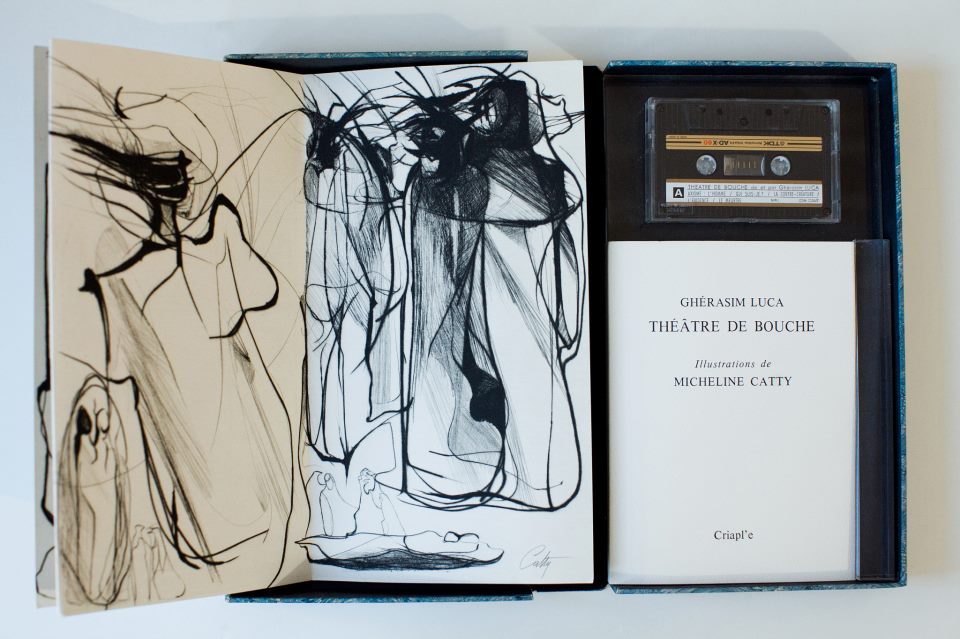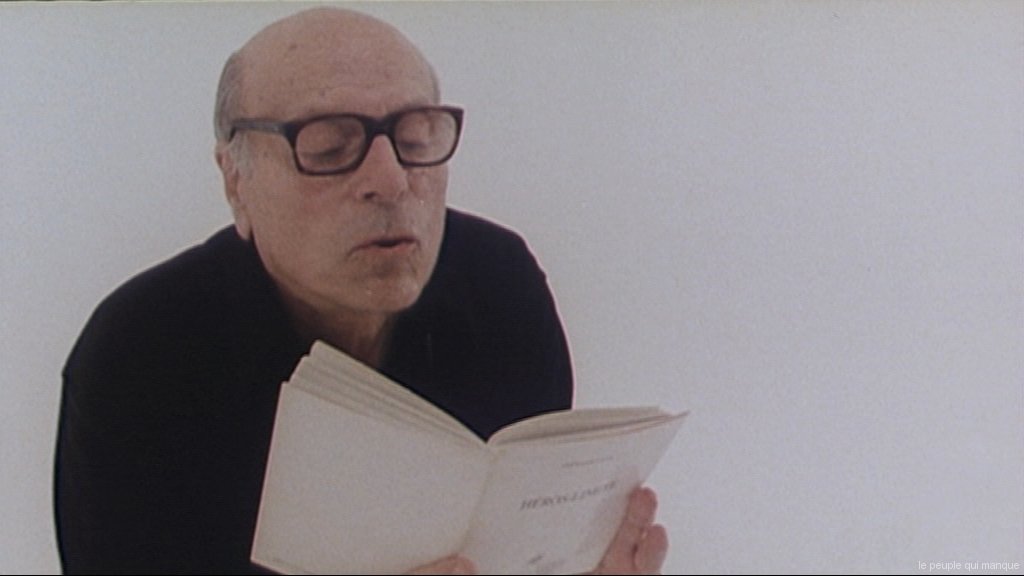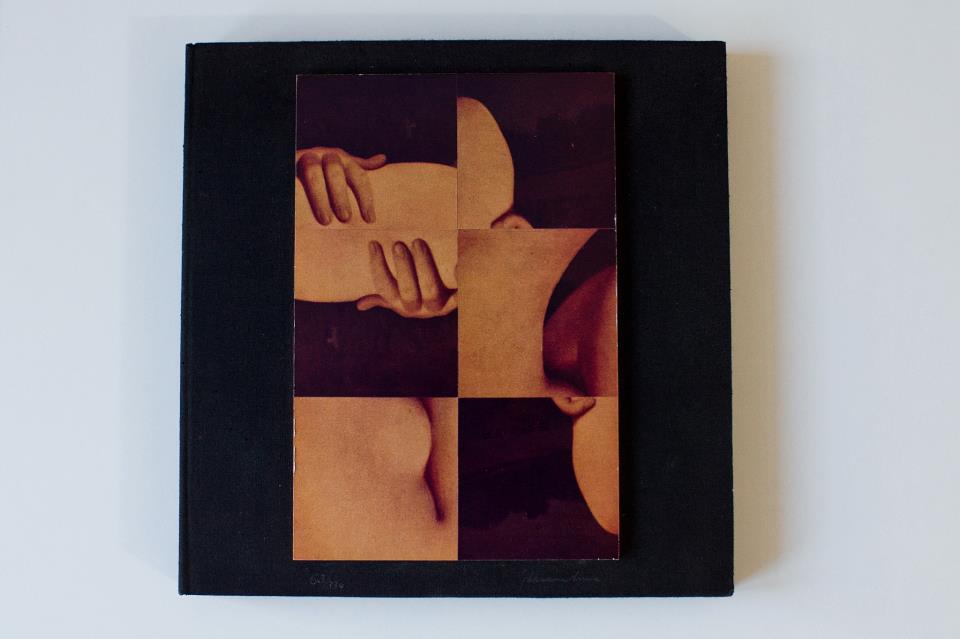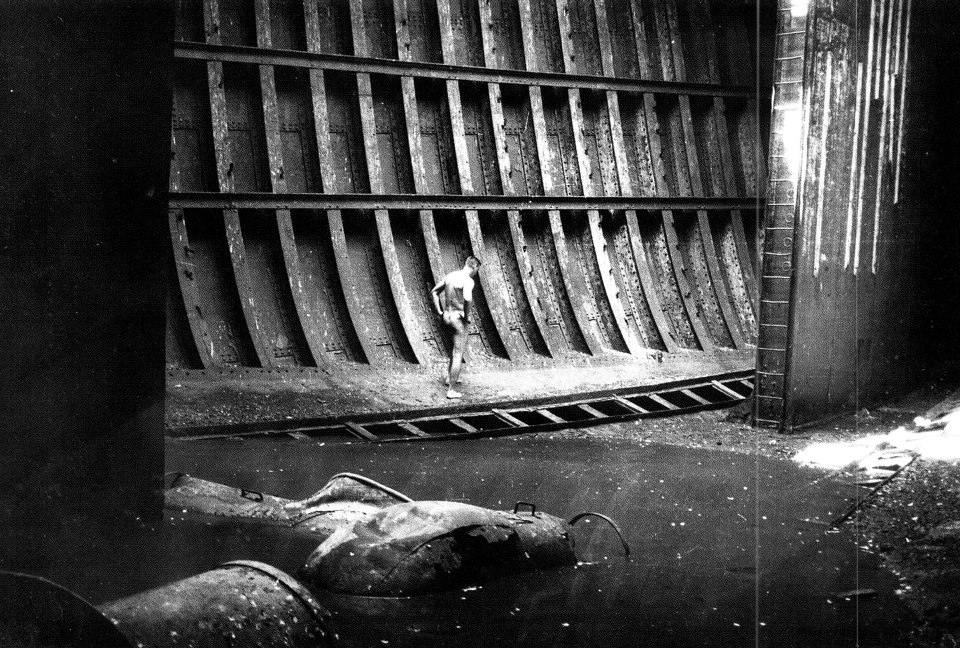|
|
     Mihai Nicodim Gallery din New York prezintă a doua parte a expoziţiei One Plus One Equals One, un proiect ce pune împreună artişti din generaţia avangardei româneşti, caracterizată de impulsul ei extrem spre transformarea totală a adevărului aparent într-unul artistic: Marcel Iancu, Isidore Isou şi Gherasim Luca (din generaţia anilor 1920 şi 1940), Ana Lupaş (din generaţia anilor 1960) şi Teodor Graur (din generaţia anilor 1990). Expoziţia documentează generaţii de artişti diferite prin context. Prima, care propune o cale radical revoluționară ce a împins dincolo de limită schimbările de atitudine estetică introduse de modernism, şi a doua, atitudini mai recente care propun o perspectivă conceptuală a producerii artei ce combină deopotrivă critica instituţională şi politică. Expoziţia conţine o serie de lucrări documentare, unele dintre ele expuse în premieră, reviste de avangardă, manuscrise, machete, mobilier, obiecte, gravuri experimentale şi pictură. Mihai Nicodim Gallery din New York prezintă a doua parte a expoziţiei One Plus One Equals One, un proiect ce pune împreună artişti din generaţia avangardei româneşti, caracterizată de impulsul ei extrem spre transformarea totală a adevărului aparent într-unul artistic: Marcel Iancu, Isidore Isou şi Gherasim Luca (din generaţia anilor 1920 şi 1940), Ana Lupaş (din generaţia anilor 1960) şi Teodor Graur (din generaţia anilor 1990). Expoziţia documentează generaţii de artişti diferite prin context. Prima, care propune o cale radical revoluționară ce a împins dincolo de limită schimbările de atitudine estetică introduse de modernism, şi a doua, atitudini mai recente care propun o perspectivă conceptuală a producerii artei ce combină deopotrivă critica instituţională şi politică. Expoziţia conţine o serie de lucrări documentare, unele dintre ele expuse în premieră, reviste de avangardă, manuscrise, machete, mobilier, obiecte, gravuri experimentale şi pictură.
———-
Marcel Iancu (1895 – 1984) was a Romanian-Israeli artist and art theorist, who, alongside his poet friend Tristan Tzara co-founded and played a crucial role in the development of DADA. He was also a leading exponent of Constructivism in Eastern Europe. Along with Tristan Tzara he co-founded the anti-establishment Cabaret Voltaire in Zurich. The first-ever Dada event took place in Cabaret Voltaire, Zurich, on Feb 1916.
Isidore Isou (January 31, 1925 – July 28, 2007) was a Romanian-born French poet, film critic and visual artist. He was the founder of Lettrism, an art and literary movement, which owed inspiration to Dada and Surrealism. He co-founded the magazine Da, which was soon after closed down by the authorities. He called himself a Lettriste, a movement of which he was initially the only member (at the age of 16 he had published the Manifesto in 1942) and published a system of Lettrist hypergraphics.
Gherasim Luca (23 July 1913 – 9 February 1994) was a Surrealist theorist and a Romanian poet. Born in Bucharest the son of a Jewish tailor, he spoke Yddish, Romaian, German and French. During 1938, he traveled frequently to Paris where he was introduced to the Surrealist circles. World War II and the official antisemitism in Romania forced him into local exile. During the short pre-Communism period of Romanian independence, he founded a Surrealist artists group, together with Gelu Naum, Paul Păun, Virgil Teodorescu and Dolfi Trost. His first publications, including poems in French followed. He was the inventor of cubomania and, with Dolfi Trost, the author of the statement “Dialetic of the Dialectic” in 1945. Harassed in Romania and caught while trying to flee the country, the self-called étran-juif (“StranJew”) finally left Romania in 1952, and moved to Paris through Israel. There he worked among others with Jean Arp, Paul Celan, François Di Dio and Max Ernst, producing numerous collages, drawings, objects, and text-installations.
Ana Lupaş (born 1940 Romania) lives and works in Cluj, Romania. Her practice extends from the 60’s now, and ranges from tapestry and textile objects to performances, installations, films and happenings. Her approach offers a conceptual perspective on the production of art that combines institutional criticism and politics. She evolved from a two-dimensional concept of tapestry towards an original attempt to work in a three-dimensional context. She was quickly recognized internationally as an innovative designer, whose suppleness of technique (passing from high warp to ikat, or the Oriental tassel technique) enabled her to move beyond the confines of conventional tapestry design to participate in installations and happenings. Through her work, she influenced an entire generation of artists of the 1970s Romania.
Teodor Graur (born 1953 Romania) lives and works in Bucharest, Romania. Teodor Graur’s practice is a practice mainly of re-creation and recycling. He takes gestures, attitudes and Eastern European cultural symbols and places them in an ironic and open dialogue with the modern art. To invent new conceptual instruments and to have a subtler perception of the present, Teodor Graur has become interested in the changes and transformations that operate today in the social and artistic fields. His guiding beliefs shift between two spatial and temporal coordinates: a local and ordinary one, reflected by his pursuit of the present, and a transnational, Eastern and/or Balkan one, expressed by the identity interrogative discourse. Starting from 2000, Teodor Graur is more concerned with his artistic identity. He is in search of a new mean of expression, gradually exceeding the image-based forms of manifestation (painting, photography, video) and becoming interested in creating objects, realities, and installations. His dominant visual approach is close to bazaar, fair, market – a temporary and nomadic compound of materials and products with various origins. Recycling, reinterpretation, re-evaluation or symbolic conversion can become a method, while spatial exposure, an aesthetic.
———
Expoziţia One Plus One Equals One poate fi vizitată la Mihai Nicodim Gallery, Los Angeles, până în data de 8 decembrie 2012. Prima parte a expoziţiei a fost prezentată la Bucureşti acum o lună, fiind expoziţia care a inaugurat deschiderea Galeriei Nicodim de pe Academiei. Curatorul expoziţiei este Suzana Vasilescu, directoarea Galeriei Nicodim din Bucureşti.
Mulţumim Mihai Nicodim Gallery pentru fotografii.
Istoric:
1. Gherasim Luca – “untitled” book/object
2. Gherasim Luca, – “Comment S’en Sortir Sans Sortir”, video, 1988
3. Gherasim Luca – “untitled”, book/object
4. Ana Lupas – “Humid Installation”, Mărgău, România, 1970, photograph
5. Teodor Graur- “Remember the Ship”, 1977, photograph from performance
Comentarii comentarii
|